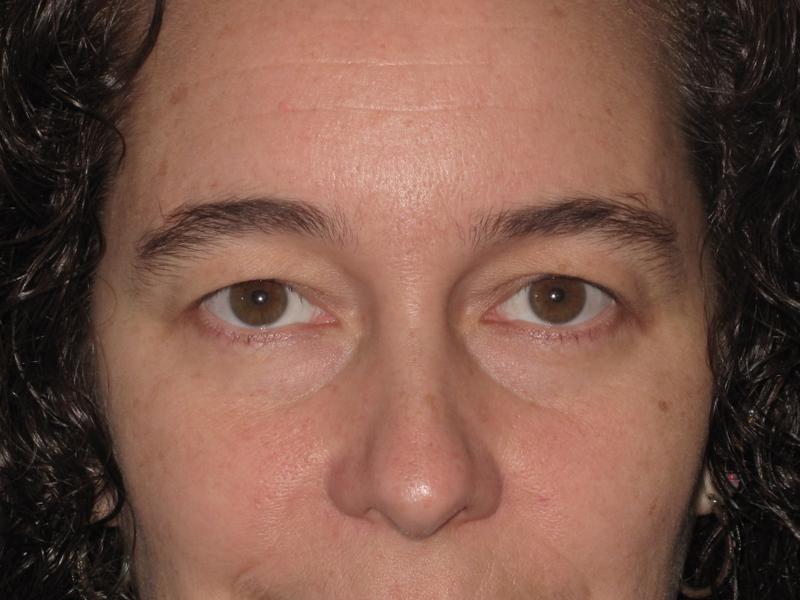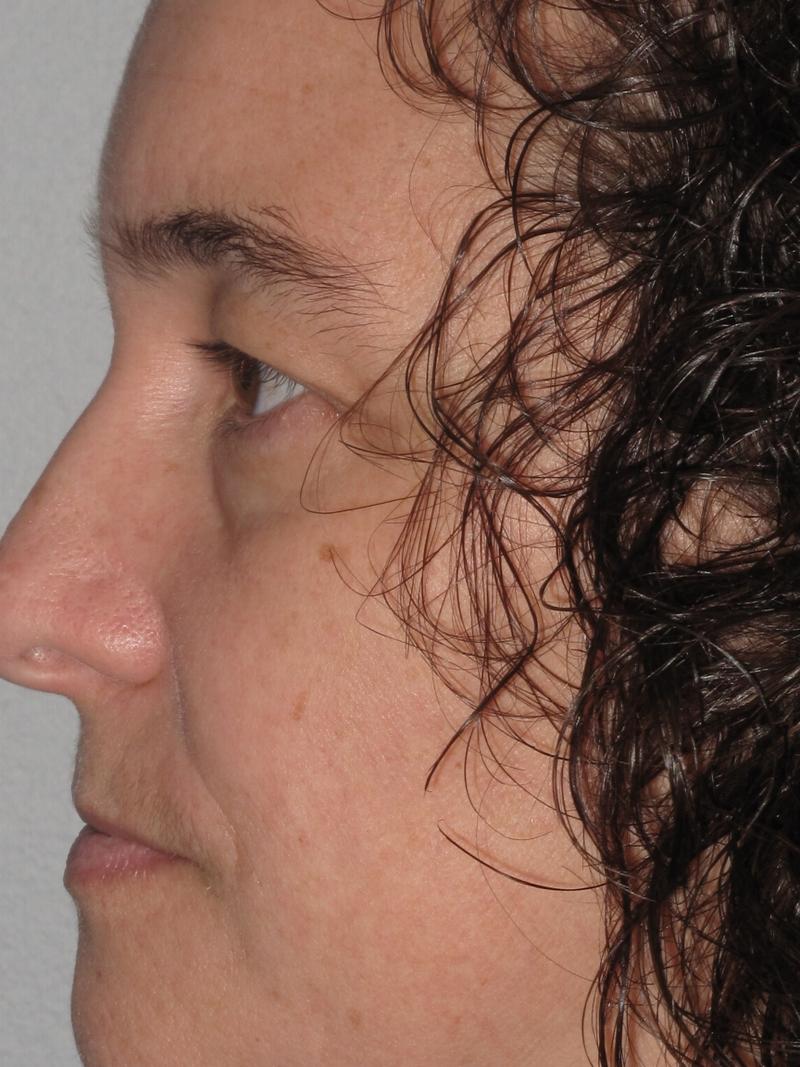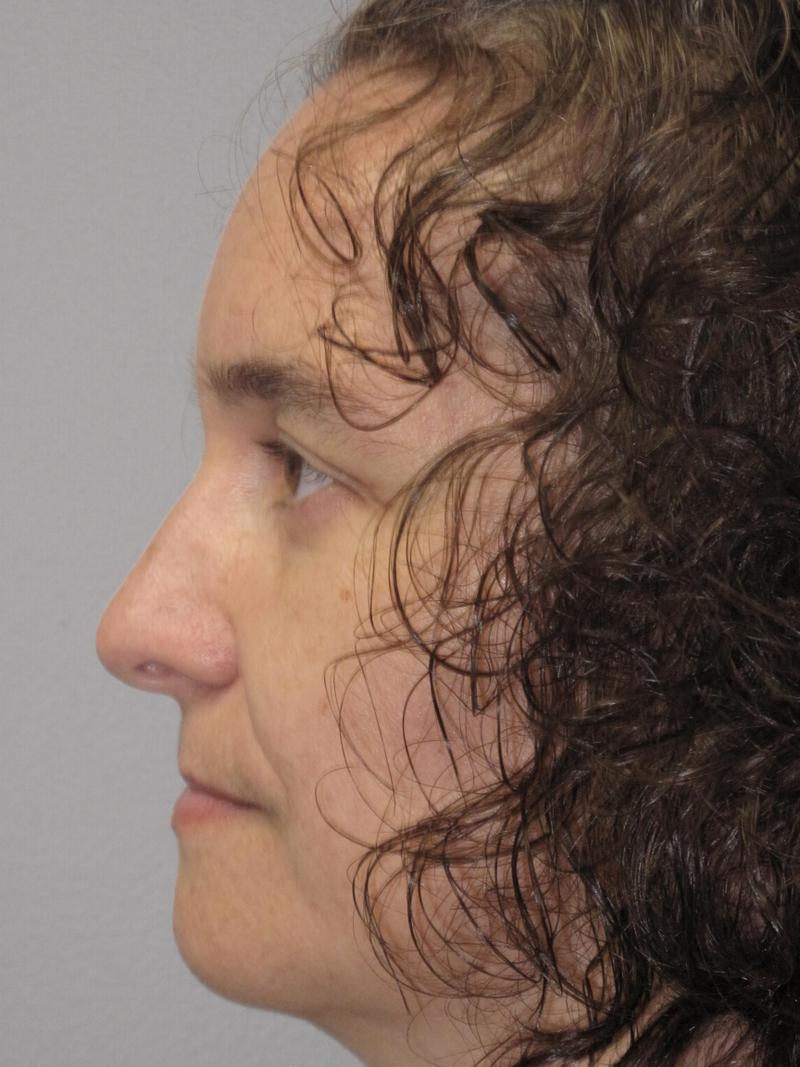Upper Eyelid Surgery
 We all want to express the way we are feeling to those around us, and our eyes are the first and most important tool we use everyday for non-verbal communication. Yet because of aging or heredity, our eyes can actually deceive those around us. Bags, extra eyelid skin and puffiness can lead others to believe we are sad, angry and tired, when in fact we feel quite the opposite. Eyelid surgery can do wonders for restoring the youthful, rested look to your entire face.
We all want to express the way we are feeling to those around us, and our eyes are the first and most important tool we use everyday for non-verbal communication. Yet because of aging or heredity, our eyes can actually deceive those around us. Bags, extra eyelid skin and puffiness can lead others to believe we are sad, angry and tired, when in fact we feel quite the opposite. Eyelid surgery can do wonders for restoring the youthful, rested look to your entire face.
One of the most frequently performed surgical procedures, upper eyelid blepharoplasty, is used to remove the fat deposits, loose and drooping skin that may form around the upper eyelids with age. Heredity, smoking, edema from allergies and sun damage can accelerate these changes. Younger people also elect to have this procedure done to eliminate puffiness of the eyes from congenital excess fatty tissue.
Upper lid blepharoplasty can improve two common problem areas: 1.) Excess skin on the upper eyelid itself, often called "hooding of the upper lid, and 2.) Puffiness in the inner corner and middle of the upper eyelid caused by herniation (pushing forward) of fat.
This procedure is frequently done at the same time as other procedures, such as a lower eyelid blepharoplasty, facelift or forehead lift, and can be combined with laser or chemical resurfacing to smooth skin wrinkles. When drooping of the upper lids interferes with your vision, the procedure may be partially or fully covered by insurance.
If you're considering upper eyelid blepharoplasty, and want more detailed information, please call Dr. Walker's office to set up a consultation.
Common Benefits Of Upper Eyelid Surgery
Upper eyelid blepharoplasty can make a remarkable difference in the appearance of the face, alleviating the appearance of tiredness and old age. The eyes appear fresher and more youthful, and these results may last for many years. The degree of improvement varies from patient to patient.
Upper Eyelid Surgery FAQ
How is upper eyelid blepharoplasty performed?
The upper eyelid incision is made in the natural skin fold. Excess skin and fatty tissue is removed, the muscles and orbital septum (a thin connective tissue membrane) may be tightened, and the incisions are carefully closed. The external incisions are hidden within the natural fold of the upper eyelids. Much of the operation is done with a very fine electrocautery, which controls any bleeding. The skin is then closed with very fine sutures. Often, a corner lifting suture is placed inside to slightly elevate the corner of the eye to give it a prettier shape.
How long does the surgery take?
Upper eyelid blepharoplasty generally takes about one to two hours to complete, depending on the technique used and the extent of the repair.
Do I have to stay in the hospital?
Upper eyelid blepharoplasty is performed in the ambulatory surgery center as an outpatient. Local anesthesia is used often with the addition of light sedation by mouth. Rarely, patients' request intravenous sedation given by an anesthesiologist. Patients go home that same day.
How much pain is there?
Initially, you may feel a tight sensation around the eyes, with minor discomfort that lasts for a day or two. A mild pain reliever can be taken as needed. People who have had the procedure are often surprised at how painless eyelid surgery can be. Recovery time and privacy needs vary from person to person. If you are not too concerned if people are aware that you have recently had surgery, you may be able to return to light activities within 5 to 7 days.
What can I expect after surgery?
After surgery, the physician will lubricate your eyes with ointment to reduce dryness in this area. (Your vision may be blurred temporarily from the ointment.) The first two days after surgery, you should rest quietly with your head elevated. Dr. Walker will recommend application of cold compresses to your eyelids and that you lay quietly with your eyes primarily closed for about 30hours. Although you can be up almost immediately, you should limit your activities.
What is the recovery period like?
At first the incisions will probably be red and somewhat bumpy. Eventually, the resulting scar should become flat and inconspicuous. Your sutures (stitches) will be removed sometime within the first four to five days.
The swelling and discoloration around your eyes will gradually subside, and you'll start to look and feel better each day. Swelling and bruising varies considerably from person to person. Bruising typically disappears within seven to ten days. Within the first week you will be permitted to use makeup, if desired, to conceal any discoloration.
Your vision may continue to be somewhat blurry for a few days or longer. Your eyes may be temporarily sensitive to light, and you may experience excess tearing or dryness. You may receive eye drops to help relieve any burning or itching. Healing about the eyelids is typically rapid.
What is the long-term outcome like for most people?
The more alert, youthful look that this surgery provides is usually long lasting. Thin scars may remain slightly pink for several weeks or so, but can easily be concealed with makeup. They eventually fade to a thin, nearly invisible white line. The removal of fat is permanent, but the looseness of the skin and fine wrinkling of the eyelid area may return in the distant future.
Even though the aging process continues, patients are usually happy with their appearance for many years following eyelid surgery.
Who is the ideal candidate for upper eyelid surgery?
In general, the best candidates for upper eyelid blepharoplasty are people:
- 18 years of age or older
- In good physical health
- Psychologically stable
- Understanding the procedure's outcome
- Desiring correction of droopy, baggy eyelids
- With no known ophthalmologic conditions such as glaucoma or detached retina.
- With no known medical conditions such as high blood pressure, circulatory problems, hypothyroidism or other thyroid related conditions.
- Having realistic expectations for the outcome
The above is only a partial list of the criteria that Dr. Walker will consider in determining whether or not this procedure is appropriate for you. For more personalized information please contact our office for a full consultation with the doctor and our staff.
Take Your First Step to a New You
Are you ready to take your first step to a new you? Start by scheduling an initial consultation with Dr. Walker and his staff by calling 607-729-5085 or by filling out the form at the top of this page and we will call you to schedule a convenient time for your visit to our office.








